Out Now
The Infrastructure Issue
Current Issue
The Infrastructure Issue
JUN - JUL 2025

Technology is a major driver of change in many small businesses. So how are Gemcell Suppliers, B&R Enclosures and NHP, using technology to improve how they do things?
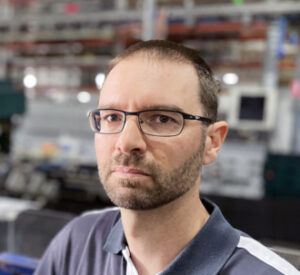 |
|
|
| OUR PANEL |
ERIC STOCKER Systems Engineer Manager, B&R Enclosures |
ROBBIE ATTARD Information Technology Manger, NHP |
| How has it helped what you do? | As well as speeding things up and making us more efficient, technology has enabled us to model all of our products in 3D, which shows the manufacturability. Being able to know we can make the product as per the design helps the customer. We can give accurate lead times and achieve a better end result, and can provide specific, short-run solutions for Australian projects. |
The biggest benefit has been that we have one single source of truth. We’ve been able to fully trust the data because it’s coming from one source. We’ve done a lot of work on our supply chain, our advanced warehousing and integration, as well as master planning and demand forecasting. It’s giving us the ability to be nimble, and adapt and change when we need to. |
| And what hasn’t it done yet that you maybe thought it would do? | I’d hoped we’d have Augmented Reality on the shop floor now – putting on some VR goggles and helping the assembly team, so they know where the parts go without having to read complex drawings and so on. Something else we’ve talked about but haven’t got to yet is our customer portal. It’d be nice to enable the customer to come in and design collaboratively with our engineers. |
Not much from my perspective, but others might have had a different view initially – it’s not a silver bullet to solve everything. It has highlighted the need for good data integrity – we’ve adopted machine learning and AI, but that’s only as good as what you put into it! Having said that, it has laid the foundation for some key digital offerings we can now offer our customers. |
| What’s the most important aspect of introducing technology into a business? | It’s all about engagement. You can’t just put any technology on the floor, it’s about working with people on how it will be used, and creating that system and process around it. We’ve tried a couple of approaches, and what we’ve found is that if you design the system together with whoever’s using it, you get a far greater uptake. |
Having an open mind and learning quickly is key. You need to take an agile approach – implement things in chunks, use it, learn from it, adjust and review. It’s progression, not perfection, that counts. |
| What’s on the agenda over the coming years, from a tech perspective? | I’d love to get more 3D designs into the shopfloor, and to have somewhere that the customer can go and see the progress of their order. I can see us creating a Digital Twin, where we can model scenarios and factory layouts, driven by machine learning in order to optimise production plans. This would enable us to reduce our stock on hand while increasing responsiveness. |
We’re not stopping! Some of the things we’re doing now are to try and improve our customer experience – improving our website so people can self-serve more, gain access to the information they need, and can trust its accuracy. It’s important with the issues around supply chains and things being in stock, and we’re trying to make all of those interactions a lot quicker and easier. |
Keep up to date with our latest news and competitions by subscribing to our regular newsletter.

Issue 183
OCT - NOV 2024

Issue 182
AUG - SEPT 2024

Issue 181
JUN - JUL 2024
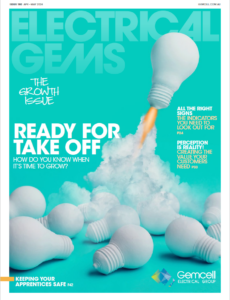
Issue 180
APR - MAY 2024
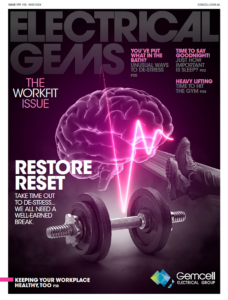
Issue 179
FEB - MARCH 2024

Issue 178
DEC 2023 - JAN 2024
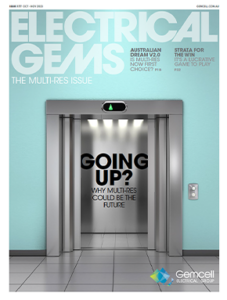
Issue 177
OCT - NOV 2023

Issue 176
AUG - SEPT 2023

Issue 175
JUN - JUL 2023

Issue 174
APR - MAY 2023

Issue 173
FEB - MAR 2023

Issue 172
DEC 2022 - JAN 2023
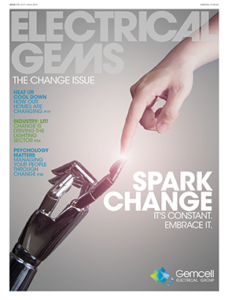
Issue 171
OCT - NOV 2022

Issue 170
AUG - SEPT 2022
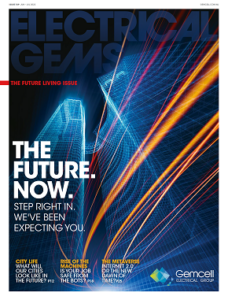
Issue 169
JUN - JUL 2022
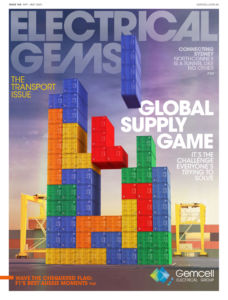
Issue 168
APR - MAY 2022

Issue 167
FEB - MAR 2022
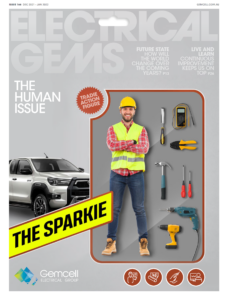
Issue 166
DEC 2021 - JAN 2022

Issue 165
OCT - NOV 2021

Issue 164
AUG - SEPT 2021

Issue 163
JUN - JUL 2021

Issue 162
APR - MAY 2021

Issue 161
FEB - MAR 2021

Issue 160
DEC 2020 - JAN 2021

Issue 159
OCT - NOV 2020

Issue 158
AUG - SEPT 2020

Issue 157
JUN - JUL 2022

Issue 156
APR - MAY 2020
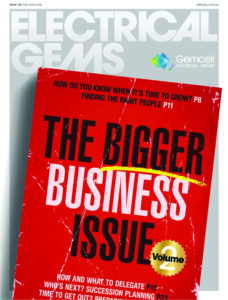
Issue 155
FEB - MAR 2020

Issue 154
DEC 2019 - JAN 2020

Issue 153
OCT - NOV 2019

Issue 152
AUG - SEPT 2019

Issue 151
JUN - JUL 2019
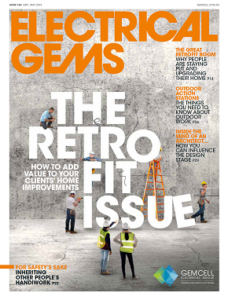
Issue 150
APR - MAY 2019

Issue 149
FEB - MAR 2019

Issue 148
DEC 2018 - JAN 2019

Issue 147
OCT - NOV 2018
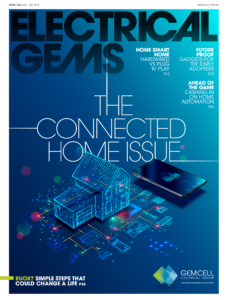
Issue 146
AUG - SEPT 2018

Issue 145
JUN - JUL 2018

Issue 144
APR - MAY 2018

Issue 143
FEB - MAR 2018

Issue 142
DEC 2016 - JAN 2017

Issue 141
OCT- NOV 2017

Issue 140
AUG - SEPT 2017

Issue 139
JUN - JUL 2017
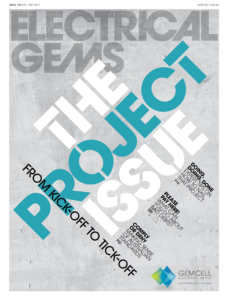
Issue 138
APR - MAY 2017

Issue 137
FEB - MAR 2017

Issue 136
DEC 2016 - JAN 2017

Issue 135
OCT - NOV 2017
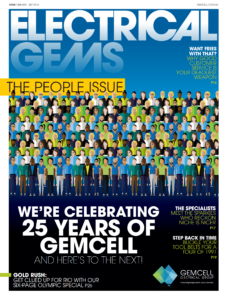
Issue 134
AUG - SEPT 2016

Issue 133
JUN - JUL 2016

Issue 132
APR - MAY 2016

Issue 131
FEB - MAR 2016

Issue 130
DEC 2015 - JAN 2016

Issue 129
OCT - NOV 2015

Issue 128
AUG - SEPT 2015

Issue 127
JUN - JUL 2015

Issue 125
APR - MAY 2015

Issue 125
FEB - MAR 2015

Issue 124
DEC 2014 - JAN 2015
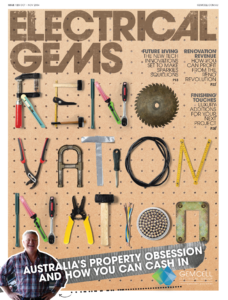
Issue 123
OCT - NOV 2014
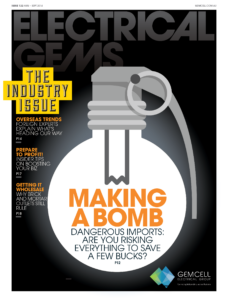
Issue 122
AUG - SEPT 2014
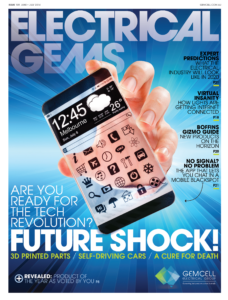
Issue 121
JUN - JUL 2014

Issue 120
APR - MAY 2014

Issue 119
FEB - MAR 2014
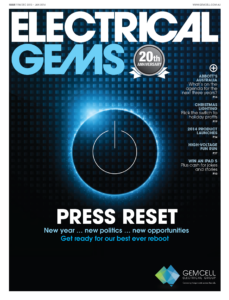
Issue 118
DEC 2013 - JAN 2014
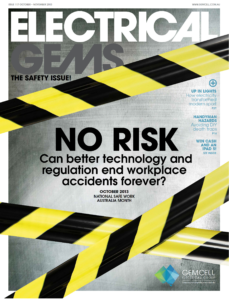
Issue 117
OCT - NOV 2013
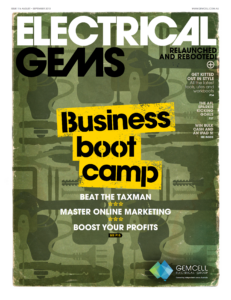
Issue 116
AUG - SEPT 2013


Comments (0)
Write a Comment